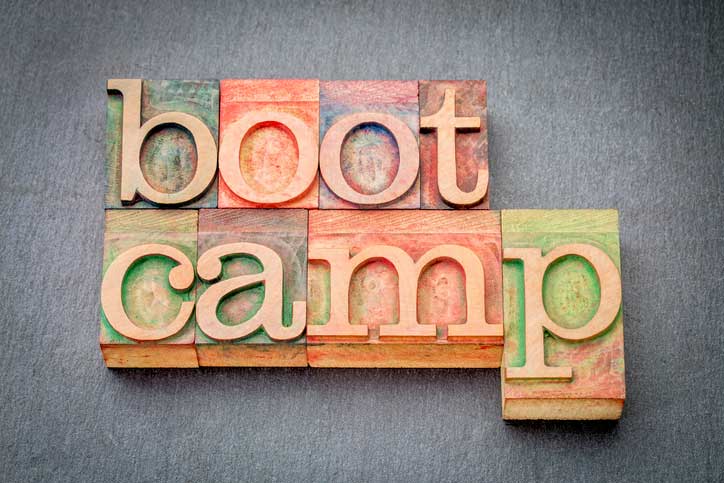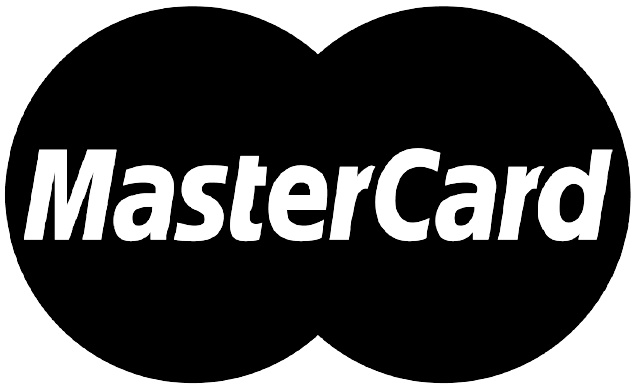- COMPANY ASSETS
All the content you need to learn planned giving. Organized, compiled, and edited by experts in the field.
PlannedGiving.com
PlannedGiving.com is the leading authority on planned giving marketing.
GiftPlanning.org
Documents, brochure and postcard templates, marketing materials, solicitation letters, gift acceptance policies, videos.







